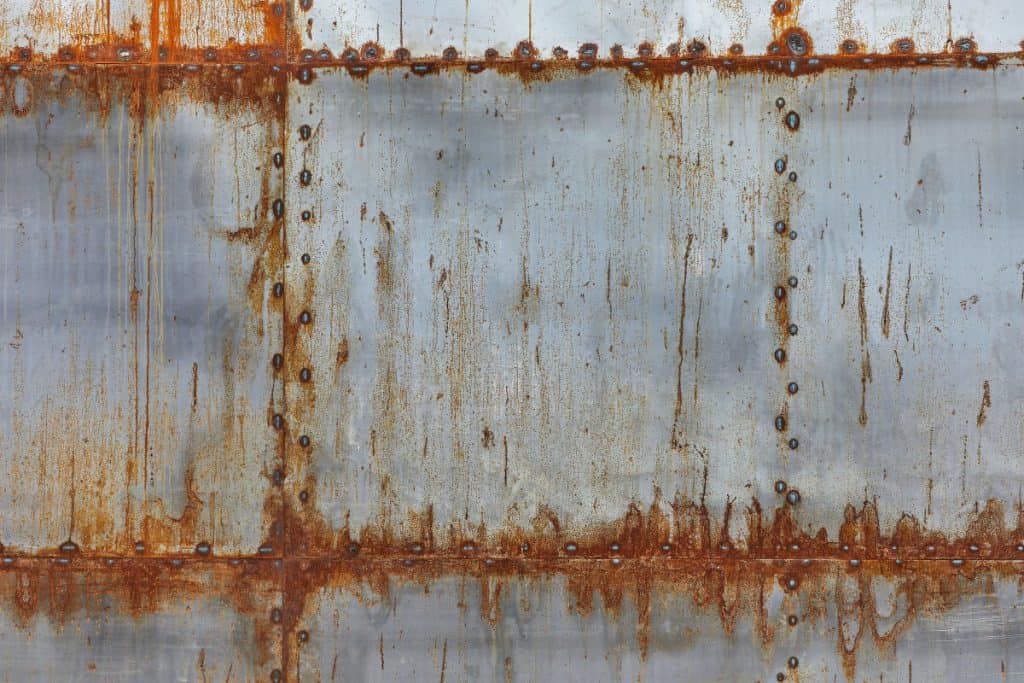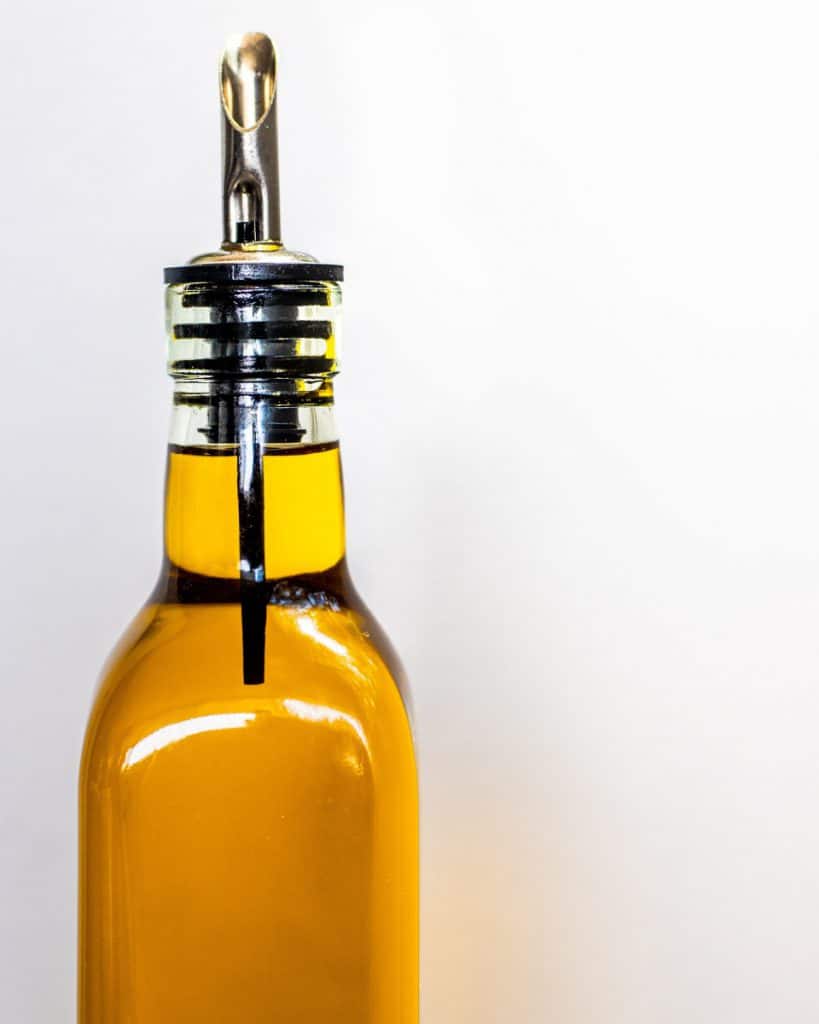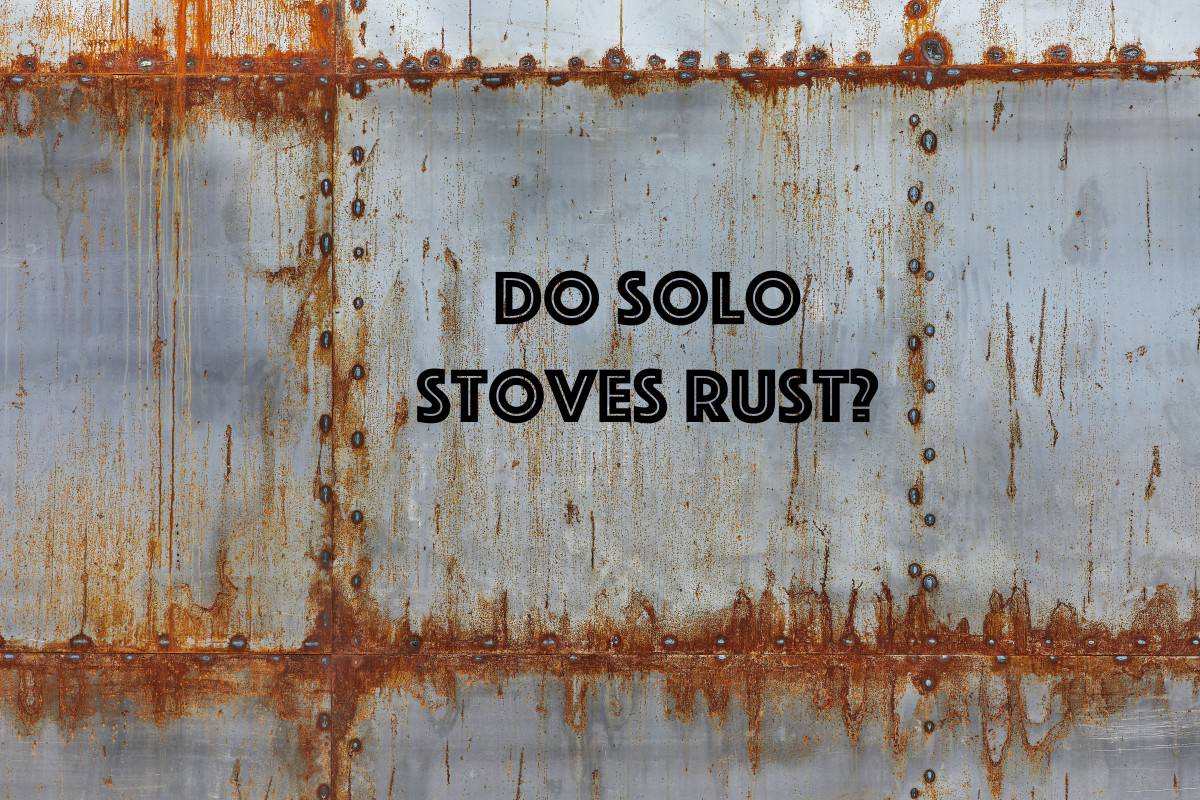If you’re a fan of the great outdoors and you love camping, you’re bound to love the solo stove, which is a fantastic and portable outdoor stove that’s ideal for cooking and heat provision when you’re on the move.
However, if you’re looking into – or have recently bought – a solo stove, you might want to know a bit about its care and how to look after it, and how it copes with the weather and general stresses of being kept outside.
This might lead you to the big question: Can I leave my solo stove outside? After all, nobody wants to be hauling a big, heavy metal thing around on a regular basis.
Do Solo Stoves Rust? (Ways To Protect Yours)
With anything metal that needs to be left outside for a period of time, it’s important to understand its weather-proofing and ability to stand up to the dampness. Even if you only have it out in summer, your solo stove is inevitably going to get wet at some points, unless you live somewhere extremely dry.
“Unfortunately, solo stoves do rust if they’re left out for long periods of time. They are made of stainless steel and consequently they will resist rust for quite a good period of time, but not indefinitely.”
That means they’ll survive getting wet a few times if you accidentally leave them out in a shower, provided they dry off reasonably quickly afterwards, but over a long period of time, your stove will start to rust away.

Common Solo Stove Rust Issues
Many people experience problems with their solo stoves starting to rust. After all, solo stoves are designed to be used outside, meaning they do often get wet, regardless of your intentions, and issues with rust are common despite the build quality.
Since solo stoves aren’t a cheap piece of kit, you definitely want to prevent that, so here are a few ways you can solve common solo stove rust issues and keep your stove in top condition for years on end.
Ways To Prevent Solo Stove Rust
Take It Inside
The best and most obvious way to prevent your solo stove from rusting is to bring it inside. If you have a garage or shed you can put it in, this is ideal; it’s not something you’re going to want to store in your house!
You could also tuck it under the edge of a caravan or a rock overhang if you’re on the move – although with the following absolutely crucial safety caveat.
Always make sure the fire is completely out, you have removed any ashes, and the stove is thoroughly cold before you bring it inside. You should never try to move the stove while it’s hot. You should clean out the ashes and make sure there are no lingering embers before you move it.
It’s best to store it away from any flammable materials as an extra safety precaution. Never put your stove away with ashes in or while it’s hot. Don’t place it near straw or fabric, and only put an empty, cold, clean stove anywhere near your sleeping space.
Cover It Up
If it’s too much of a hassle to keep moving the stove every time you want to use it, consider covering it with a tarpaulin or specially-designed cover instead. Again, you should remove the ashes and make sure the stove is completely cold before doing so; you don’t want any risk of your cover catching fire.
If you can get a proper cover, you may find that it comes with a fire-retardant coating, so this is the best solution. If you can’t, take extra care to ensure the stove is empty and safe before it gets covered.
Pin the tarpaulin down at the edges to stop it from blowing off in the wind, and you’ve got an easy solution to the rust issue. If your solo stove is wet, however, you’ll need to let it dry or dry it off yourself before you cover it, as the waterproof cover will trap rain in as well as out.
Dry It Off
If your stove gets wet, drying it off promptly can make a big difference. Pay particular attention to corners and edges where moisture might cling for longer. Wipe away all excess moisture with an old towel or rag, and this will help prevent rust.
“Never put your solo stove away wet; it’s much more likely to rust if it’s stored with moisture on it.“

Oil The Stove
This tip is only to be used when you have finished with your stove for the year; remember that oil is highly flammable and you should never put it on a stove you’re planning to use in the near future.
However, if you’re storing your stove in a shed and you’re concerned it might still get a little damp, wiping a bit of cooking oil over it will help to repel moisture and keep the metal in good shape. If you live in a humid part of the world, this is particularly useful for protecting your solo stove.
Check It Regularly
Remember that catching rust early can prevent it from causing major damage, so make a point of checking for rust gathering on your stove regularly when it’s outside, whether or not you’re using it.
This is a good idea even if you have it under a cover; if a hole develops, you’re much more likely to notice promptly if you do regular checks, and this could save your stove.
“If you do find some rust, make sure you treat it immediately and move your solo stove somewhere drier to protect the metal from any further damage.“
Burn Seasoned Wood
Using wood that is well seasoned will help to protect your solo stove as well, because it will prevent excessive sap from building up on the metal. Hardwoods are also better to burn for the same reason.
Solo Stove Discoloration – Why It Happens
You might notice that your solo stove starts to change color when you’ve used it a few times. Why is that? It’s not rust; you’ve put it away carefully every time.
The discoloration is just an aspect of using the stove, and you’ll see it pretty quickly once you’ve lit a fire or two. That’s what happens when you burn wood at high temperatures against stainless steel. If you have stainless steel pans, you may see similar discoloration when you cook with them.
Unfortunately, although it isn’t very pretty to look at, there isn’t much you can do to prevent this discoloration! It’s sometimes known as heat tint, and it will happen with any stove made of stainless steel.
If you want to, you can buy cleansers specifically designed to get rid of heat tint, but this isn’t necessary; it will come back when you next have a fire, and isn’t negatively affecting the solo stove. Unless the aesthetics are very important to you, it’s best not to worry about this discoloration.
Can I Leave My Solo Stove Outside?
No, you can’t unless you have a suitable cover, unfortunately. Left exposed to the elements for an extended period of time, the solo stove will start to rust. Solo stoves are made of quality materials, but they will break down over time if they are constantly soaked or exposed to strong sunlight.
If you need to store your solo stove outside, make sure it is covered in some way. Pull it under an overhang, put it beneath a little marquee, or buy a cover or tarpaulin which will protect it from the sun and the rain. Remember not to put flammable fabrics near the stove while it’s warm or hot.

Can You Pour Water On A Solo Stove? Does It Cause Rust?
All responsible campers and outdoors enthusiasts know the importance of ensuring a fire has been thoroughly extinguished, and the easiest way to be safe is to pour water on a campfire, extinguishing any hidden embers which might otherwise reignite later.
However, with a solo stove, it’s not so straightforward, so pause before you dump a bucket of water over your fire when you’ve finished with it.
It isn’t a good idea to pour water onto the solo stove, but not particularly because of the rust dangers. Essentially, adding water will cause the stove to cool very rapidly, which could warp the metal and might damage the stove.
Because solo stoves burn fast and contain the flames, you should be safe to just let the fire burn itself out. You don’t need to pour a bucket of water in to extinguish the fire, but do always make sure it’s out and the stove is cold before leaving it unattended.
However, solo stoves are pretty durable, so if you sprinkle a bit of water on the ashes, you aren’t likely to do any damage. We just wouldn’t recommend making a habit of this; let your stove go out on its own.
Conclusion
While solo stoves do rust if exposed to moisture in the long term, it’s relatively easy to prevent this by making sure you put the stove away or cover it up before leaving it. That said, it’s not going to fall apart if it spends a few nights outside in the middle of summer, but in the long-term, it will start to suffer.
Alright, that’s it for this article guys, if you found it useful then a share on social media or your website would be cool!
All the best
Steve
ps here’s a few articles related to this one you might find interesting:


